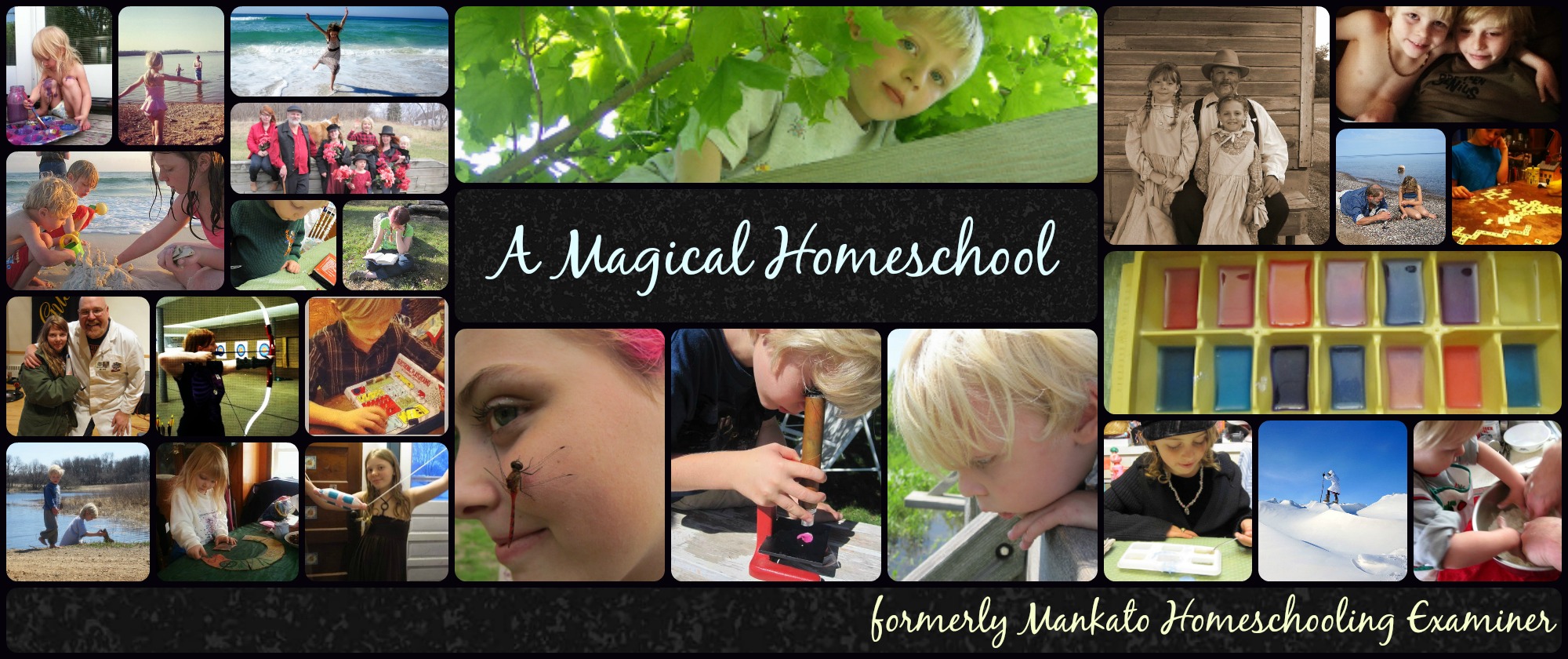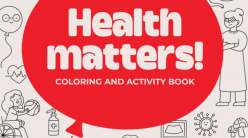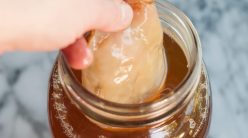
It’s a brand new month, and there are lots of new opportunities for science and nature study with the kids.
Here are five fun ways to incorporate these subjects in your homeschooling this month.
Make seed pod and pine cone bird feeders. We’ve all seen the pine cone and peanut butter type of bird feeder (and those are great, easy projects) but Fun in the Making shows how to make all different types with seed pods as the bases. This is a great way to combine bird studies with plant identification, and hunting for interesting seed pods would make a great nature walk.
Force some bulbs. The weather is getting colder here in Minnesota, but that doesn’t have to mean the end of fresh flowers. Pot up some spring bulbs in pots, put them in a chilly place for the next couple of months and then trick them into thinking it’s spring and blooming indoors. This is a great lesson in how some plants need the cold and use signals to know when to grow and when to go dormant. You can find spring bulbs this time of year at garden centers, home improvement stores and stores like Target. Here’s full instructions.
Take some cuttings. Extending the plant theme, here’s another way to bring nature indoors. Take cuttings from easily rooted plants like geraniums and ivy, and experiment with different ways of rooting them. We have had great success in rooting geraniums right in soil to start lots of new little plants for next summer. Just cut them above a node and insert in damp soil. Keep well watered and wait. For plants like ivy, insert the ends in water and watch for the development of a good set of roots. Spider plants produce “babies” that can be rooted right on top of the soil of the mother plant and then snipped off once they’re rooted. Give each child a few plants to experiment with and also look for new prospects elsewhere. We’ve gotten cuttings from grandparents, friends and even the local post office.
Make weather wagers. Have the kids predict when weather changes will occur such as the first measurable snow and the first hard freeze. Also have them predict the highest temperature of the month and the lowest. Each day, have them check outside for the temperature, watch weather reports online or on the local news and see how close their predictions are.
Make “sun dried” tomatoes. If you have access to any end-of-the-season tomatoes, try drying them in the oven. Have the kids compare the taste of fresh tomatoes with the sun dried ones. Discuss how dried foods have higher calories and why. Also discuss the difference in taste and have them guess the reason. As an extention, try tasting common foods when they are watered down (such as juice or soup) and talk about how much water the original tomatoes contain. Which flavor of tomatoes do the kids prefer?
What science and nature study ideas are you doing in your house this month?
***
Want to support our site?
Treat yourself to something on Amazon!
You deserve it, and it will help us out.
It’s a win-win! 😉
This site is an affiliate for Amazon.com. Purchases made through this link will earn us a small commission, at no extra charge to you.
***
This article originally appeared on examiner.com





